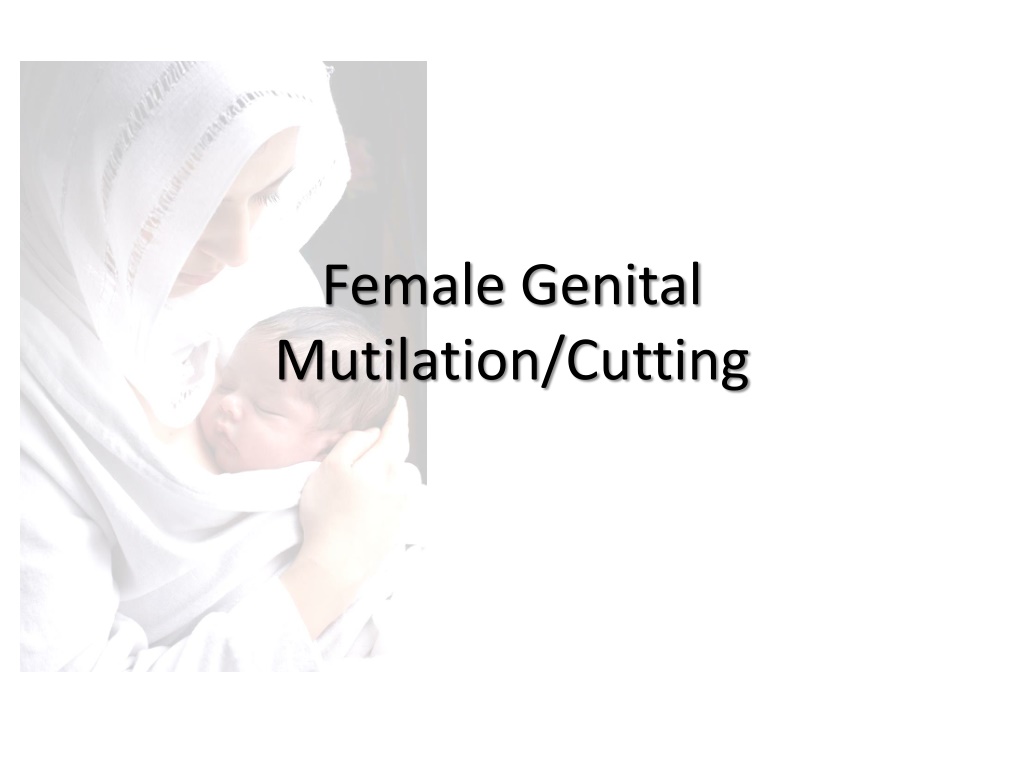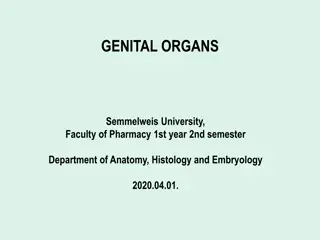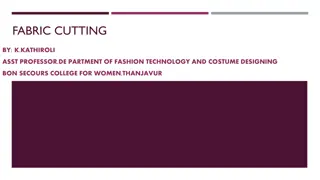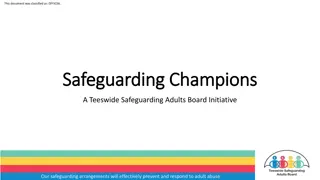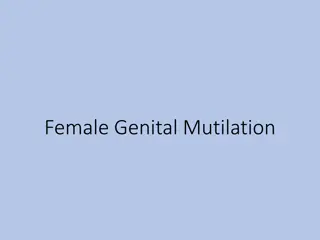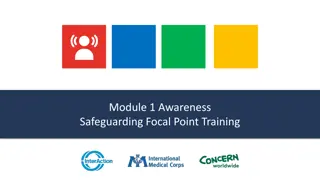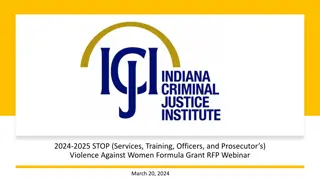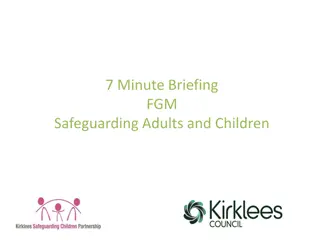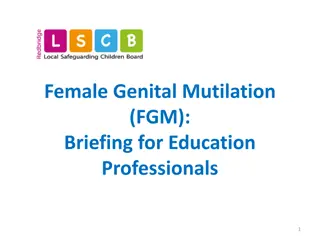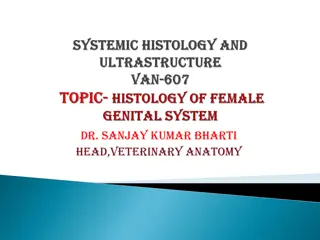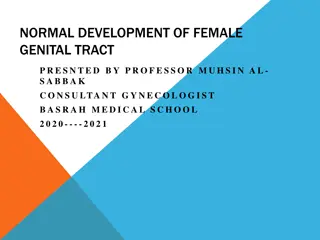Understanding Female Genital Mutilation/Cutting: Safeguarding Women's Rights
Female Genital Mutilation/Cutting (FGM/C) encompasses harmful practices involving the partial or total removal of external female genitalia. It is a violation of human rights with no health benefits, often deeply rooted in cultural beliefs. Policies prioritize child safety and professionals play a key role in prevention, intervention, and support. Partnerships, cultural sensitivity, and education are crucial in eradicating FGM/C and promoting change within communities.
Download Presentation

Please find below an Image/Link to download the presentation.
The content on the website is provided AS IS for your information and personal use only. It may not be sold, licensed, or shared on other websites without obtaining consent from the author. Download presentation by click this link. If you encounter any issues during the download, it is possible that the publisher has removed the file from their server.
E N D
Presentation Transcript
Female Genital Mutilation/Cutting
What? FGM. Female Genital Mutilation/Cutting comprises all procedures that involve partial or total removal of the external female genitalia, or other injury to the female genital organs for non-medical reasons (WHO). It has no health benefits and harms women in many ways. It is also sometimes referred to as female genital cutting or female circumcision.
Principles of Policy Safety & welfare of child paramount All agencies act in the interests of the rights of the child (UN convention 1989) FGM/C is illegal in the UK Not to be left to be decided by personal preference extremely harmful practice Professionals not fear branded as racist or discriminatory weakens protection & support
Principles Accessible, acceptable and sensitive health education, police, social care and voluntary sector services underpin interventions. Acknowledge some FGM practicing families do not see as an act of abuse. Often embedded cultural practice requires engagement with families and communities to achieve a long-term abandonment and eradication of GFM/C
Principles Decisions , plans based on quality assessments Sensitive to issues of race, culture, gender, religion and sexuality Avoid stigmatising girl/woman affected Avoid stigmatising practising community as far as possible
Royal London Partnership working with foundation for care and management of FGM/C Sensitive questioning Cultural awareness Emotional support No blame Supporting change within local communities
Partnership working Assessing risk of FGM/C occurrence Preventing harm Negate multiple referrals to different agencies Prevent unnecessary social care involvement Assessment of FGM/C Degree Referral for de-infibulation Identify urinary tract problems and refer Psychological assessment referral to PMHT Peer Support attendance at Sylvia Pankhurst for de-infibulation
MDT Named FGM social care worker Midwife Tower Hamlets FGM project co-ordinator Dr. Janet Barter Named Obstetrician
Whats next? Develop One Stop Appointment Develop MDT Midwives trained to perform de-infibulation GP referral to service Normalise reversal of FGM/C Prevent FGM/C!
Type 4 Don t forget to ask about Piercings! Labial piercings- rings , studs and chains Clitoral rings or studs Perineal disks Don t forget to look! Anyone could have one or more!
Thank you https://fgmelearning.vctms.co.uk
